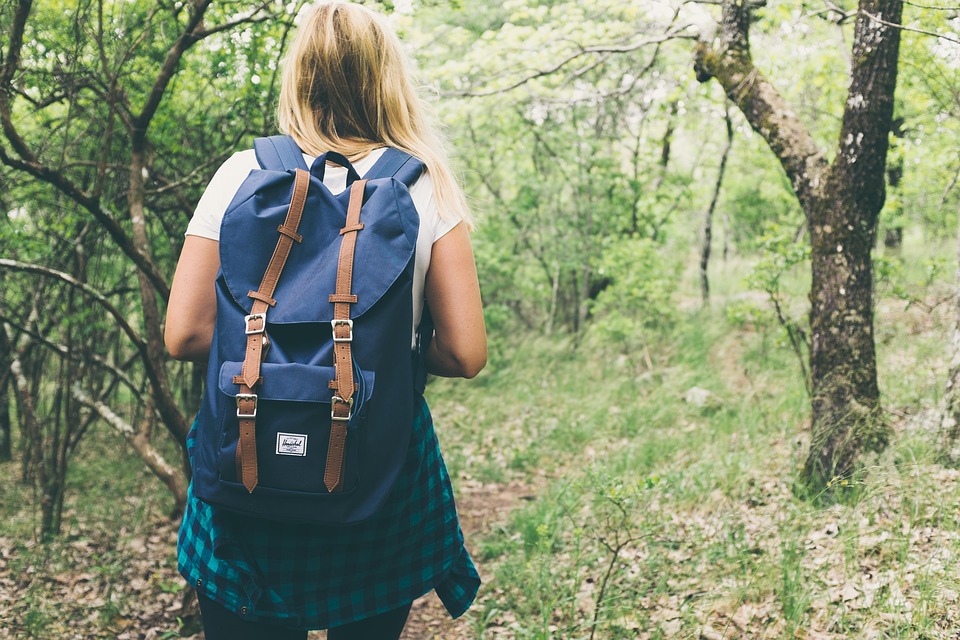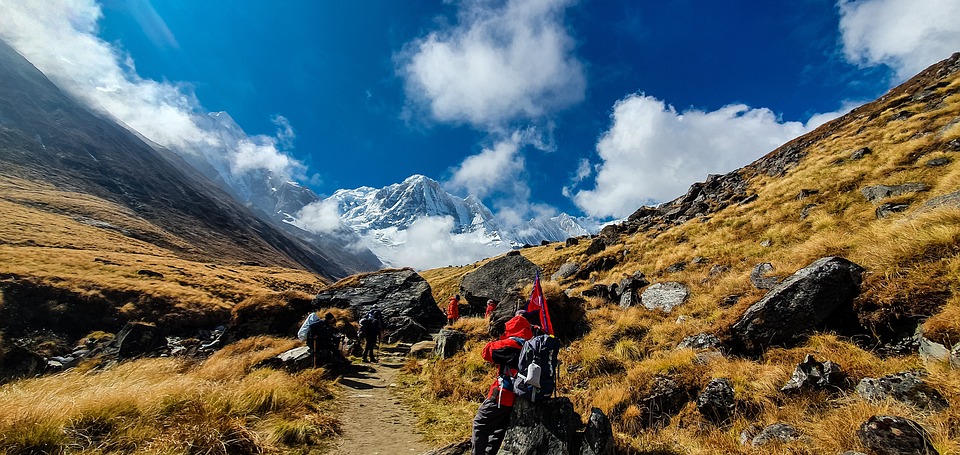Do you have plans to trek anytime soon? Well, you will likely try to figure out what to pack for the journey. You will need some equipment to make the most of your trip and get the best out of your adventure. These pieces of equipment will better your trekking experience. They enhance comfort, security, and navigation.
So, how do you know what to pack? You might get the temptation to stock up on a whole load of equipment before you set off, but it is a good idea to plan what you need beforehand and then take that with you. Decide in advance what your priorities are so that you do not take anything out of necessity, which will only make your backpack too heavy.
This article discusses seven pieces of equipment you must have as you pack for trekking.
1. Outdoor Adventure Gear
Shopping your entire list of items required for trekking can take a long time and be costly. Subscription boxes bring adventure and tactical gear to help you get out and enjoy your vacay with no fuss. BattBox is an outdoor subscription box delivering high quality gear every month. You receive various items in the outdoors monthly subscription boxes, each giving you a new adventure. You can sort the tools you need for trekking and sort them for your next adventure.
Crate Club is another subscription box delivering high-quality survival and tactical gear. Trekking can be tiresome and somewhat risky. Your quarterly package of top-of-line gadgets, accessories, and adventure food ensures you are ready to finish your trekking mission successfully.
2. Packing Gear

It is essential to have packing gear before you decide to trek. Trekking requires carrying several items. A packing bag that accommodates all the necessary materials is suitable for your convenience. Purchase a quality packing bag with extra pockets to carry your necessary documents, like medical reports, travel passports, and emergency contacts.
Also, ensure it is the perfect size. All materials should fit in the bag. You can also include a money belt. A waterproof rucksack will be more valuable, as it will keep your belongings safe even when you trek in the rain or have to cross streams.
3. Footgear
Trekking requires essential footgear. Hikers recommend that one has suitable trekking footgear depending on the trekking destination. Trekking in mountainous regions requires heavy boots, while sports trekking requires light boots.
You can also pack hiking sandals suitable for evening walks. Sandals bring comfort after a long day with heavy boots. You can also use sandals to ford rivers, although crossing barefoot is more comfortable.
Pack quality footgear. You will not find it reasonable to lose a shoe sole while trekking. It might inconvenience your trekking period. To determine which shoe or boot best suits a trekker’s needs, first determine how much trekking a trekker intends to do. The amount of trekking time spent on uneven surfaces, steep terrains, and deep snow influences what kind of shoe a trekker needs.
4. Gadgets

Trekking requires some specific gadgets. The gadgets are essential to help you maneuver and also for security reasons. Trekking poles are essential gear for any trekker. They aid in the movement in hilly areas.
Pocket knives are also necessary while trekking. They are vital for self-defense, especially for people trekking in forests. Other gadgets, such as sunglasses, prevent direct sunlight while a camera captures beautiful moments.
A phone can also be a gadget to access the digital map. Carrying devices like spare batteries, power banks, and charging cables are also essential.
5. Camping Gear

Camping gear is essential. You might get tired while trekking, and you can use a tent to rest. A sleeping bag will help you comfortably sleep if the night finds you while trekking. You can also pack a sleeping pad to provide a comfortable sleeping surface. You can use camping cots, air mattresses, and bed rolls instead of a sleeping pad.
6. Clothing
Including the best clothing attire as you pack for any trekking destination is essential. Take a small pile of clothing if you plan to trek for a short distance. Carry different attires when going for several days to enable you to change clothes frequently.
Among the clothing, you should pack a hiking jacket. It is vital to offer protection in case of rainfall. It is light, making it easier to move around, especially in rugged terrains. You can also pack hiking pants that are light and dry quickly if you decide to wash them. Short hiking pants are available if you do not prefer long ones. During sunny days, you can pack a hiking hat.
7. Hygiene
Hygiene is essential if you trek for long destinations requiring separate accommodations. You must pack items that will sustain you when you are out of the home. Things such as personal effects are vital in every situation. You must include a towel, toilet paper, a toothbrush, toothpaste, and sunscreen lotion.
A first aid kit is also crucial. Remember to pack all the items required for the first aid equipment. Bandages, painkillers, syringes, sterile gauze pads, and gloves are essential. If you get hurt in any expedition, you will have a complete kit to help you out.
Also Read: Top 15 Most Popular Trekking Trails in India
Conclusion
Trekking will be more fun if you pack the right piece of equipment. If you are trekking for a short distance, you will pack essentials such as a little backpack, light shoes, and trekking poles. However, suppose you are walking long distances. In that case, you will need to pack essential equipment such as camping gear, personal hygiene, suitable clothing, and other crucial stuff to aid your expedition.











